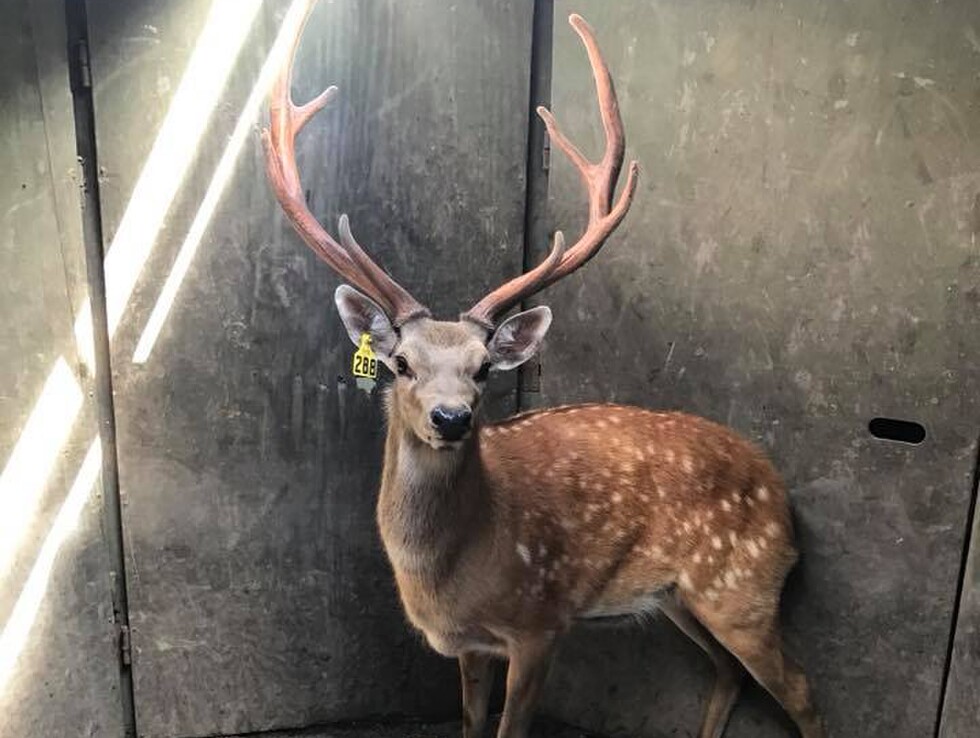Terramirra Sika deer
The stock the forms the basis of our Sika herd originally came from Poland.
In 1860, Benedykt Dybowski, a Polish researcher, was on one of his journeys through the vast country of Siberia during his deportee life in that country. He noted that some of the wealthy Siberians farmed beautifully spotted deer that were bigger than the common Dama dama, yet smaller than European deer. After much research, in 1864 the genus was established to be Cervus nippon hortulorum 'Swinhoe'. It was later renamed Dybowski sika; Cervus nippon hortulorum 'Taczan'. Farmers were harvesting and selling velvet to Chinese buyers for staggering amounts of money…in 1870, 500 rubles was a fortune.
After the Russian Revolution in 1917, the State nationalized all Dybowski Sika farms and started the commercial production of velvet. All of that was jealously guarded. To ensure that the State would have a complete monopoly on the velvet production from those valuable animals, a special law was introduced, prohibiting any private person or organization from farming, hunting or moving those animals from restricted regions in Russia.
The quality of Dybowski Sika velvet can be only appreciated if we take in account that, in 1993-94, the Russians were still selling it to Korean buyers for $500 US/kg.
In 1993, due to the political instability and temporary loss of control by the Russian Government, a group of 33 Dybowski Sika were purchased and transported to Poland. The group comprised 27 females and 6 males, aged from 11 months to 4 years of age. After 6 months of strict quarantine, all the animals were placed in one the National Parks in a fully enclosed area of 50 acres of forest and meadows. Today, despite a new political era, those farms are still protected by the new government of modern Russia.
Biological Features
The Deer Encyclopedia lists 13 subspecies of Sika deer (Cervus Nippon), {Bruce Banwell believes there to be 14 sub-species} very few pure animals left due to migration and inbreeding. They are generally deer of medium size and varying in shoulder height from 65cms (Japanese Sika) to 112cms (Dybowski Sika. In summer pelage, the colour varies from rich chestnut-red to yellowish brown hue. The most prominent feature is the white caudal disc, present in winter and summer pelage. The antlers, which vary in length, can reach 28cms (Yakushima deer) to 86cms in Dybowski deer. They are usually 8 tined, 4 on each side, with the bez tine invariably absent. The body weight may vary from 30kgs (Japanese Sika) to 140kgs in an adult Dybowski stag. The most important feature of the new research into Dybowski Sika is a chromosomal polymorphism, which will be a valuable marker for breeders of those animals.
